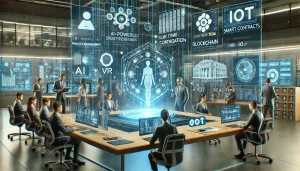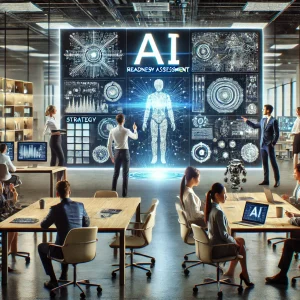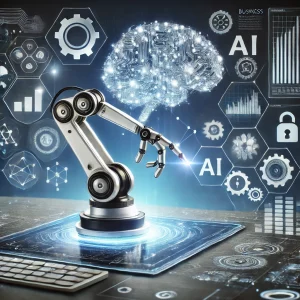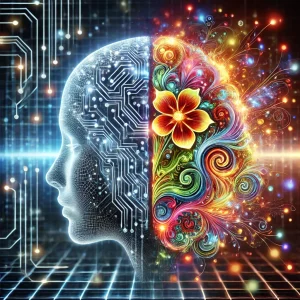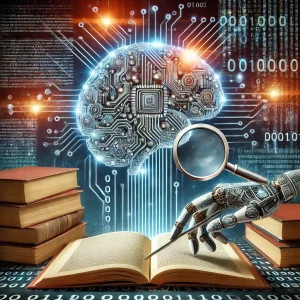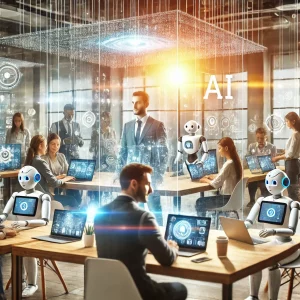
The Future of PMOs is Not Just Smarter – It’s Transformational
What if AI could redefine the role of the Project Management Office (PMO) entirely?
For years, PMOs have been the backbone of organisational efficiency, but the rapid evolution of artificial intelligence is not just streamlining project oversight, it is transforming how projects are planned, executed, and evaluated.
AI-powered PMOs are much more than an operational upgrade. Leaders who understand and embrace this shift will drive efficiency, enhance decision-making, and position their organisations ahead of the competition.
Why AI is Reshaping PMOs
Traditional PMOs face persistent challenges:
- Overwhelming Data – Managing multiple projects generates vast amounts of information, making it difficult to extract actionable insights.
- Inefficiencies in Resource Allocation – Manual planning often leads to overworked teams or underutilised talent.
- Limited Foresight – Without predictive analytics, PMOs struggle to anticipate risks and proactively address them.
AI is addressing these challenges by automating workflows, improving forecasting, and enabling data-driven decision-making.
How AI is Transforming PMO Operations
- Data-Driven Decision-MakingAI can analyse vast datasets in seconds, identifying patterns, trends, and risks that would take humans weeks to uncover. Predictive analytics enable teams to make smarter decisions and mitigate challenges before they escalate.
- Optimised Resource ManagementAI-powered scheduling and task allocation ensure that the right resources are assigned to the right projects at the right time, maximising efficiency while reducing delays.
- Proactive Risk MitigationBy leveraging machine learning, AI tools can predict potential project risks, whether budget overruns, schedule delays, or stakeholder misalignment, allowing teams to take corrective action before issues arise.
- Automated Reporting and Real-Time InsightsAI eliminates the need for manual reporting by generating dynamic dashboards with real-time project performance data. Leaders gain instant visibility into project health without waiting for periodic updates.
- Process Optimisation and Continuous ImprovementAI-powered insights reveal inefficiencies in workflows, helping PMOs refine processes, eliminate redundancies, and improve project execution over time.
The Impact on Organisational Performance
An AI-powered PMO is not just about automation, it is about delivering measurable business value:
- Faster project completion with fewer bottlenecks.
- Improved resource utilisation and workload distribution.
- Greater alignment between projects and business objectives.
- More informed decision-making with data-driven insights.
Organisations that integrate AI into their PMO functions will not only enhance operational efficiency but will also gain a competitive edge in an increasingly complex business environment.
How to Get Started
To integrate AI into your PMO successfully, consider these steps:
- Pilot AI Solutions – Start with a small-scale implementation, such as AI-driven predictive scheduling or automated reporting tools, to assess their impact before wider adoption.
- Upskill Your Team – Ensure project managers and PMO staff are trained in AI-driven project management tools to maximise their effectiveness.
- Define Clear KPIs – Establish measurable goals, such as reduced project timelines, improved resource utilisation, and enhanced risk mitigation, to track AI’s impact.
Final Thoughts
AI is not replacing the PMO, it is elevating it. Organisations that embrace AI-powered project management will optimise efficiency and also redefine their approach to strategic execution.

